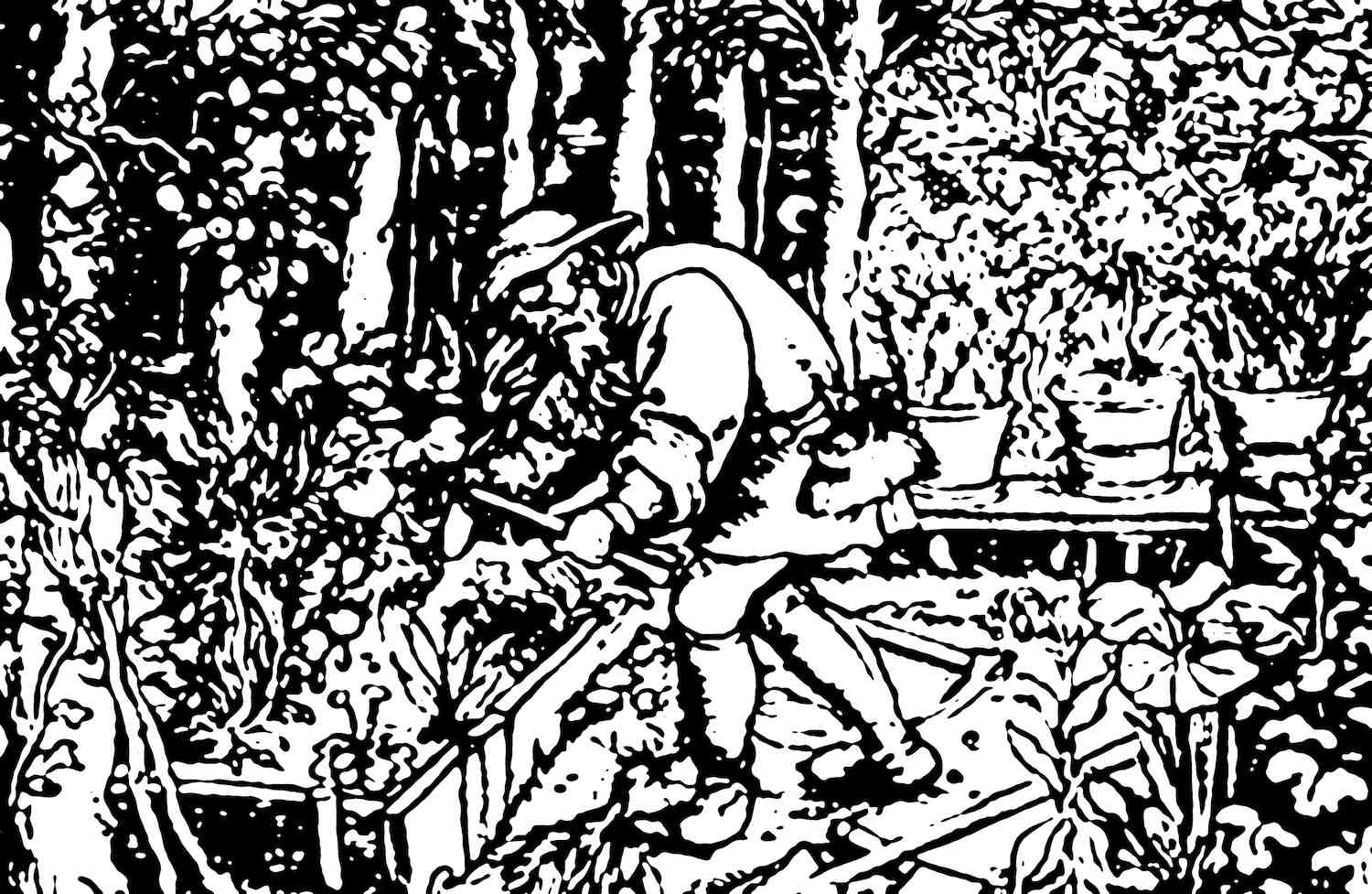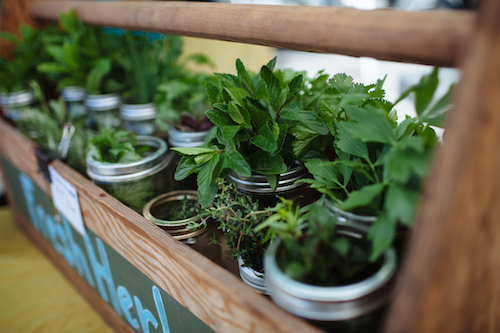Will biodynamic growing push beyond organic—and wine?
Enough about the cow horn already!
Yes, there is a cow horn and yes, it is packed with fresh cow manure and buried in the ground on the Autumnal Equinox. Recovered on the Spring Equinox, the manure inside has transformed to clean, chocolate-smelling humus that is preferably hand-mixed with water and then sprayed on the fields. OK? That’s all that there is to the cow horn.
(Except, of course, that it is re-packed on the Spring Equinox with crushed quartz and re-buried to be dug up at the Fall Equinox, whereupon it is preferably hand-mixed with water and sprayed on the fields again, this time to facilitate photosynthesis.)
Got it? Great.
Because there is no purer truth that, when folks talk Biodynamic®, they invariably bring up the cow horn. Elizabeth Candelario, co-director of Demeter USA, the national certifying organization for Biodynamic farming, could probably grow a horn from her own head given the number of times she’s had to discuss the cow’s.
“I always get asked about the cow horn,” she confirms with a smile, “and we always get stalled there.”
She’s being asked about it again on this day due to her role at Demeter USA, because this countrywide organization has roots in Healdsburg, where Candelario lives and works. Turns out, it’s a messaging problem.
“I have this analogy about yoga,” she says, “where, if I came to you and thought you could really benefit from doing yoga, and I said, ‘You’re going to do yoga, because it’s going to connect you to this higher spiritual plane,’ you might look at me and say, ‘You’re crazy. What are you talking about?’ and never do yoga.
“But if I came to you and said, ‘You should do yoga, because it’s really great exercise that will give you increased cardiovascular conditioning and greater flexibility,’ you might try it.”
She pauses. “I think what’s happened, unfortunately, in the agricultural community over the years is that people who practice biodynamics might have tried to share their ‘yoga’ experience from a place where people didn’t quite have the context to understand it.”
Of course, yoga was once seen as a fringe practice reserved for an enlightened few or those who came from cultures with a tradition of the practice. Now it seems, every other person on the street is sporting a pair of Lululemon pants. Perhaps, just maybe, Biodynamic farming could make your butt look great, too.
First espoused by Rudolf Steiner, founder of the Waldorf School system, in a series of agricultural lectures to European farmers in 1924, Biodynamic growing is essentially an effort to close an ecological loop with the land.
It's a holistic system. This is one of the main reasons why biodynamics seems so strange to people. Alan York
While farmers at the turn of the last century were certainly practicing what we today would call “organic” farming, their yields were lowering alarmingly and their crops were less robust. In his lectures, Steiner outlined four principles of a new practice he called Biodynamics, and advised growers to come closer to the land and honor the moon.
The late Biodynamic consultant Alan York explained its four principles in a 2008 Organic Wine Journal video (the cow horn bit is in Principle #3).
“It’s a holistic system,” York said of Principle #4. “This is one of the main reasons why biodynamics seems so strange to people. A holistic view is on a focus on the interaction of all living things. In a holistic system, where the focus is really on the dynamic of the relationship, we are not directly doing anything to a specific thing but more, managing the environment. If we manage the environment for the maximum benefit of all living things, then we have an environment that is healthy.”
Winemakers have embraced the practice, with Mike Benziger’s eponymous winery transitioning in 1995 to what he’s termed “peasant practice.” This is a good thing, as such monocultures as vineyards are the antithesis of Biodynamic philosophy.

Candelario came to biodynamics through wine about a decade ago when Quivira Vineyards, where she was then marketing manager, made the change in some of its blocks with the release of its Steelhead Red, a label introduced to tell the story of the creek rehabilitation the winery had just completed.
Alan York himself became Quivira’s consultant, spending three hours a week on the place. “He was the one who said, don’t stop at organic,” Candelario says, misting up at York’s recent death at age 62 this year from cancer. “You guys should be Biodynamic. But none of us really knew what that was.”
Under York’s tutelage, Quivira made the transition, and Candelario was stunned by the results. “What happened over the course of five years was so transformative, not only to what we witnessed on the estate, but to what a lot of the employees went through in terms of their own personal development,” she says. Today some 15 Sonoma County wineries are certified by Demeter USA, including Da Vero, DeLoach, and Porter Bass, and 80 are certified or working towards it throughout the country.
Candelario became so enamored of the philosophy that, when Quivira’s owners retired and sold the place seven years ago, she fundraised the money for her own income when approaching Demeter USA about a job. Bringing six months’ worth of salary with her, Candelario assumed that she would be helping to market Demeter USA to more vintners. She was wrong.
“I came to really understand that this was really a business development project,” she says, “because outside of wine, there were no Biodynamic products in the national marketplace.” According to Candelario, there are now “4,600 Biodynamic producers worldwide. You can get Biodynamic cheeses, baby food, cereal—a whole range of products.” But the U.S. has been slower to embrace the practice. Today, there are pastas and sauce, jams and flour, and the Marin County-based Republic of Tea is certified.
Because organic growing practices are a basis for Biodynamic farming, the two go hand-in-hand. But it’s not necessary to be certified organic in order to be certified Biodynamic. Biodynamic’s “woo-woo” stigma remains while organic is now featured at Walmart. Candelario envisions a future in which educated consumers opt for Biodynamic, causing producers to push past organic.
“My dream is that, five years from now, all our producers who are maintaining both certifications will drop their organic,” she says, “because they’re going to know that the consumer knows that Biodynamic is organic plus-plus-plus.”
Now that’s something to stick in a cow horn.

